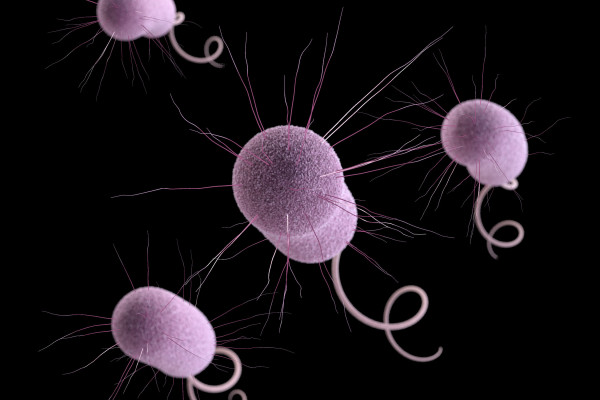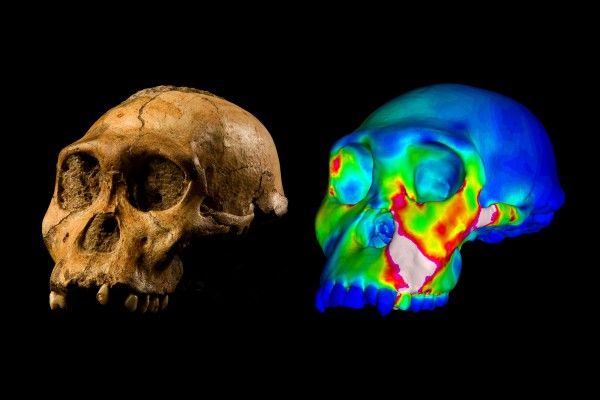Better understanding biorhythms
Fireflies use oscillation to communicate on the same wavelength. An engineer at Washington University in St. Louis has developed a new waveform that can control chemical oscillation in the lab. This finding could lead to better understanding of oscillation as it pertains to heart pacemakers, the brain’s neural patterns and even jet lag.
Migratory birds: Hidden in plain sight
Our experience of the world differs radically from one person to another. Some people are plant blind and others recognize plants at a glance. Some are not aware of the background music at the grocery store and others know which piece it is and who is playing it. And most of us walk blindly through the campus quadrangles seeing only one another, but a few of us see the other creatures as well, such as the songbirds that are resting for a day or two before resuming their migrations.
Wearing of the green
Who better to explain the meaning of the shamrock than an ethnobotanist born and raised in Ireland? Peter Wyse Jackson, the George Englemann Professor of Botany at Washington University in St. Louis, indulges our curiosity.
Seventy generations of bacteria
As scientists look for replacements for our dwindling stock of antibiotics, the evolution of resistance is never far from their minds. Washington University in St. Louis biologist R. Fredrik Inglis explored the ability of bacteria to become resistant to a toxin called a bacteriocin by growing them for many generations in the presence of the toxin.
Shedding light on the day-night cycle
New research sheds light on how the rhythms of daily life are encoded in the brain. Scientists at Washington University School of Medicine in St. Louis have discovered that different groups of neurons, those charged with keeping time, become active at different times of day despite being on the same molecular clock.
People stay true to moral colors, studies find
While philosophers and voters can debate the pros and cons of situational ethics, new research from Washington University in St. Louis suggests that most people stay true to their intrinsic moral colors — good or bad — when dealing with day-to-day choices, regardless of extenuating circumstances or well-intended reform efforts.
Memory test: Which president is this?
Alexander Hamilton, Benjamin Franklin, Hubert Humphrey and some guy named “Thomas Moore” are among the names that many Americans mistakenly identify as belonging to a past president of the United States, finds a news study by memory researchers at Washington University in St. Louis.
The jaws of a nutcracker? Not this human ancestor
Anthropologists from Washington University in St. Louis are among an international research team that found Australopithecus sediba did not have the jaw and tooth structure necessary to exist on a steady diet of hard foods. The findings are contrary to a 2012 study that gained international attention.
When Pulsars Hit The Spin Cycle
Pulsars are dead stars that emit intense beams of radio waves that sweep through space with the regularity of a clock. That’s strange enough but what’s even stranger, they sometimes speed up — in a universe where the norm is for everything to slow down. What could possibly give them the extra energy? S Kumar Mallavarapu, […]
Record Missouri flood manmade calamity
Why was the New Year’s flood in Missouri so bad? Most news reports blamed it on the heavy rain, but Robert Criss, PhD, professor of earth and planetary sciences in Arts & Sciences at Washington University in St. Louis says analysis of the flood data shows much of the damage was due to recent modifications to the river.
Older Stories









